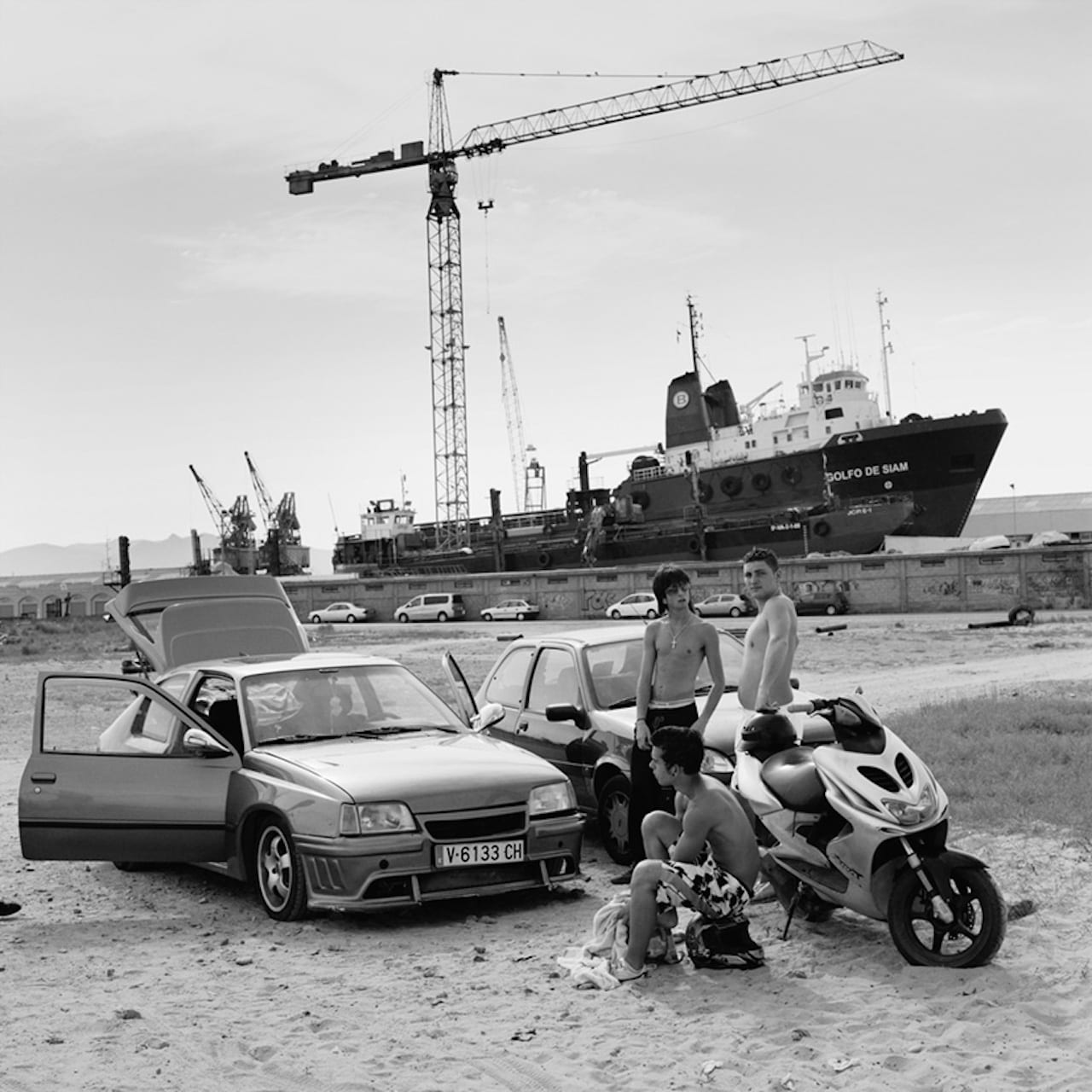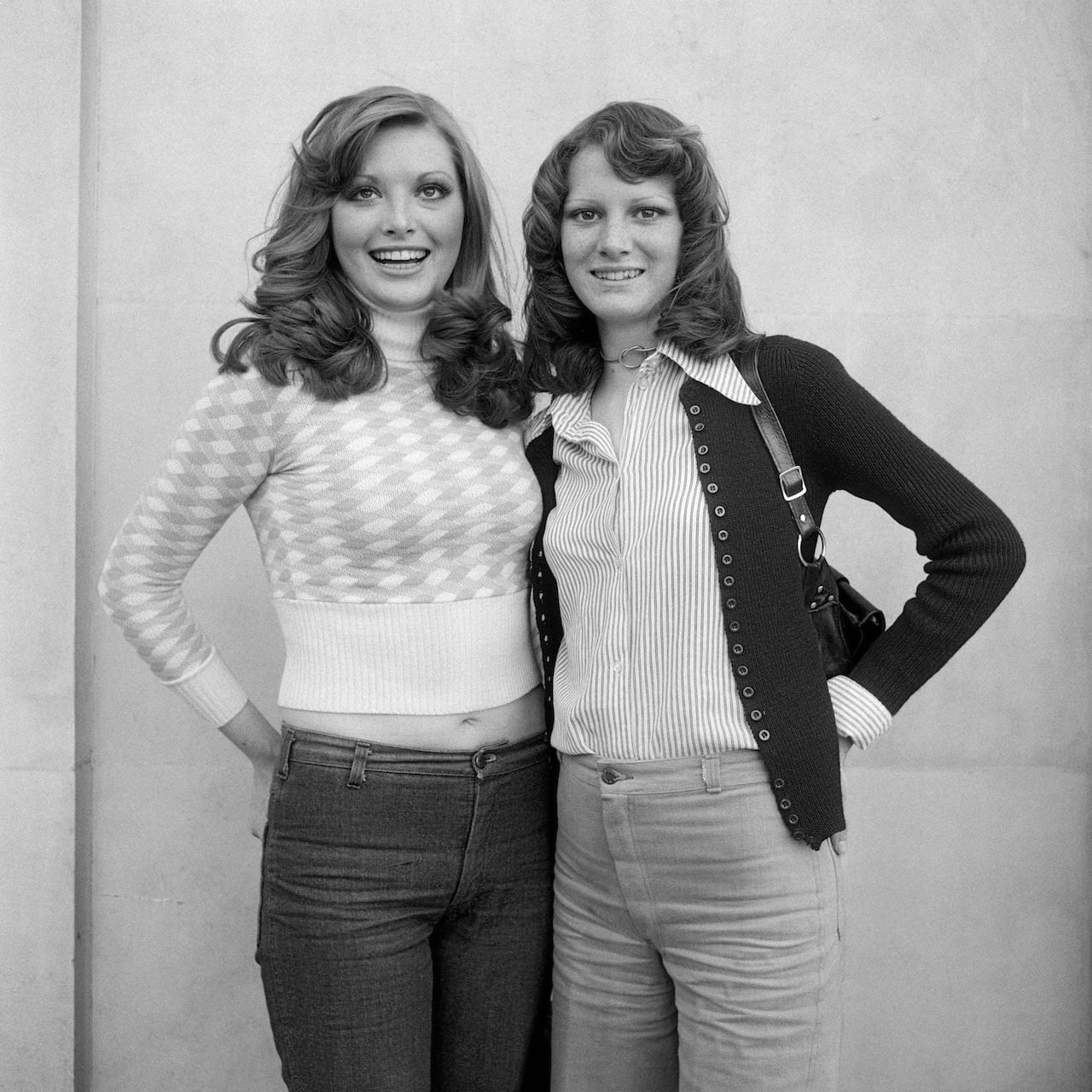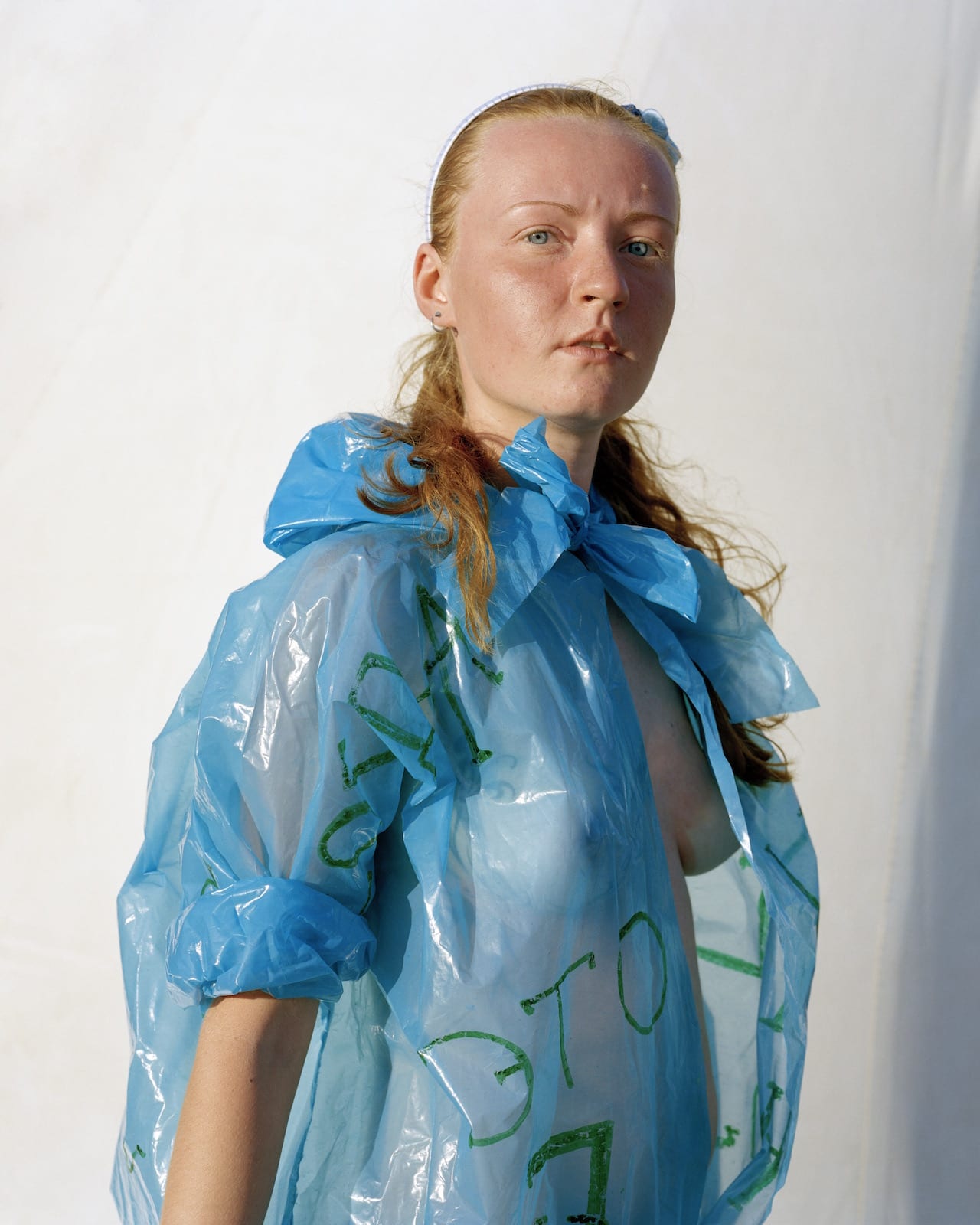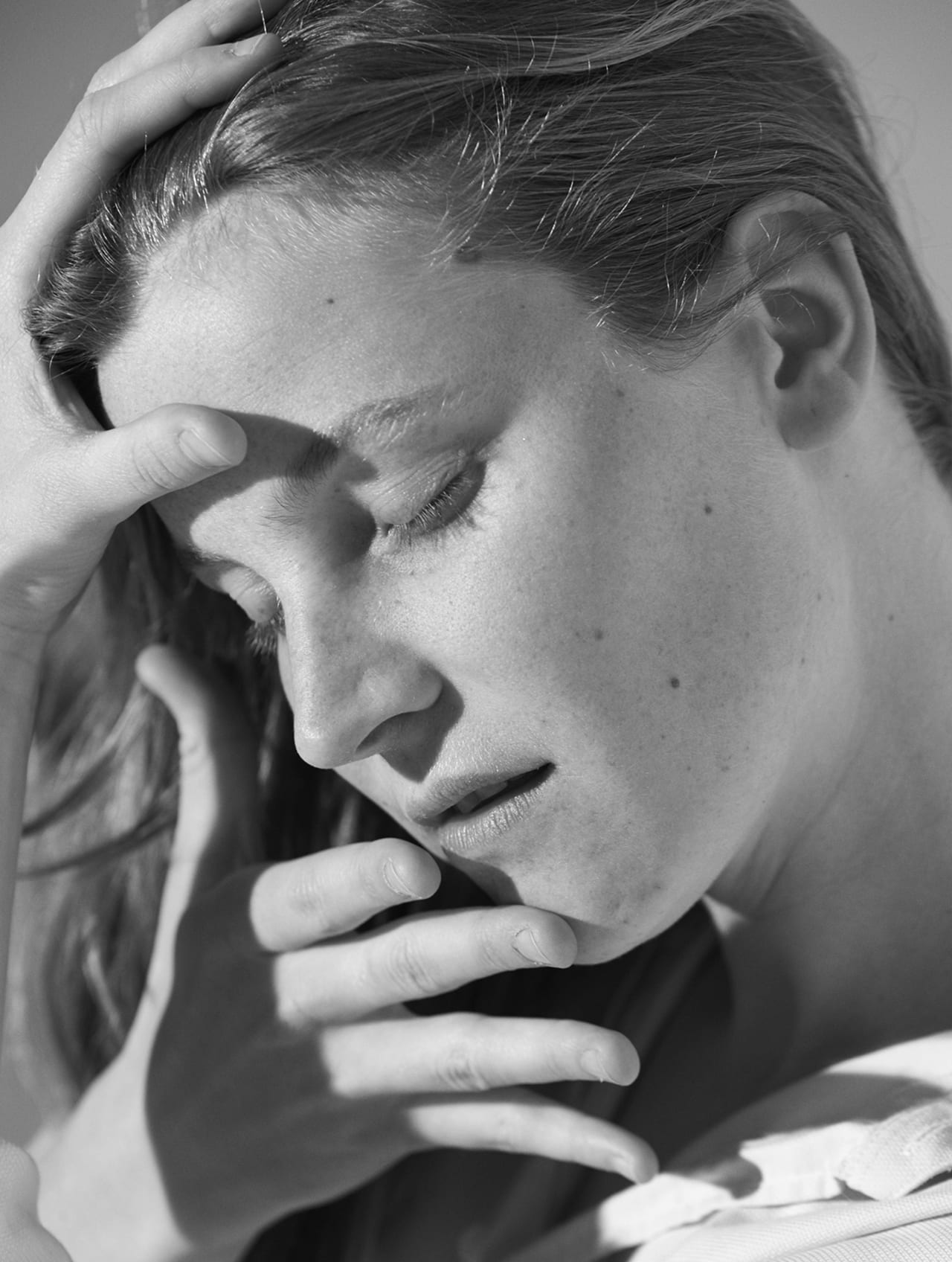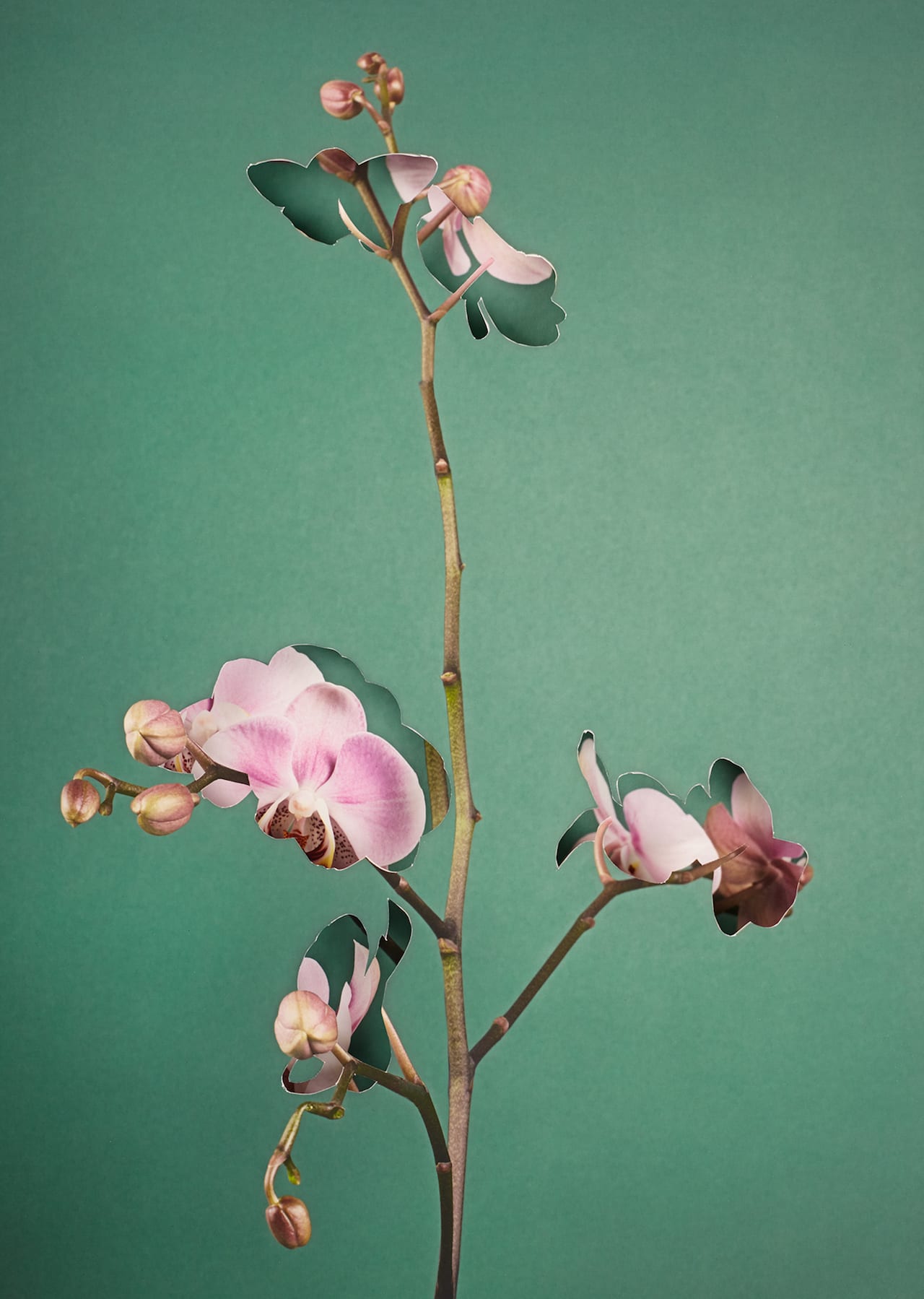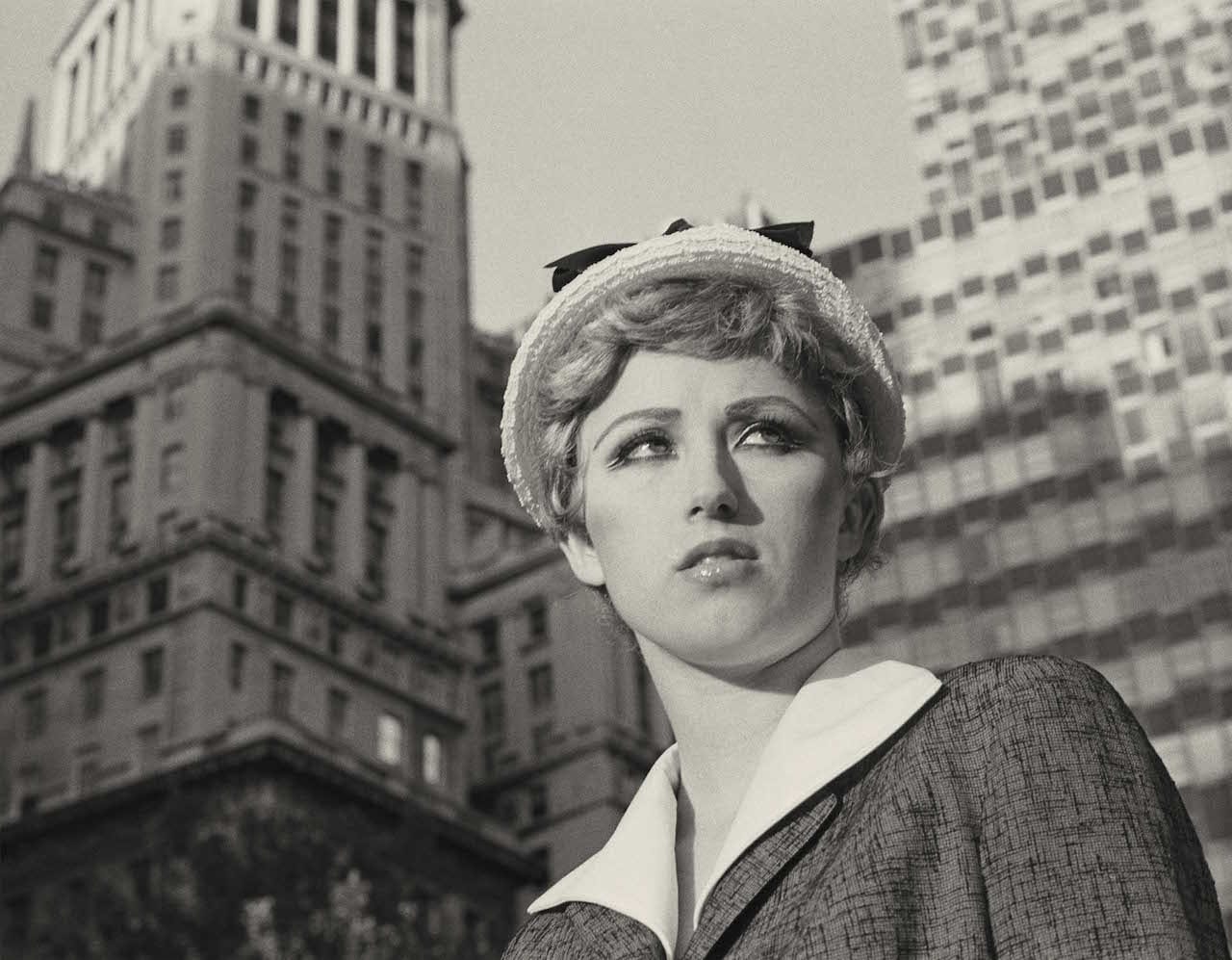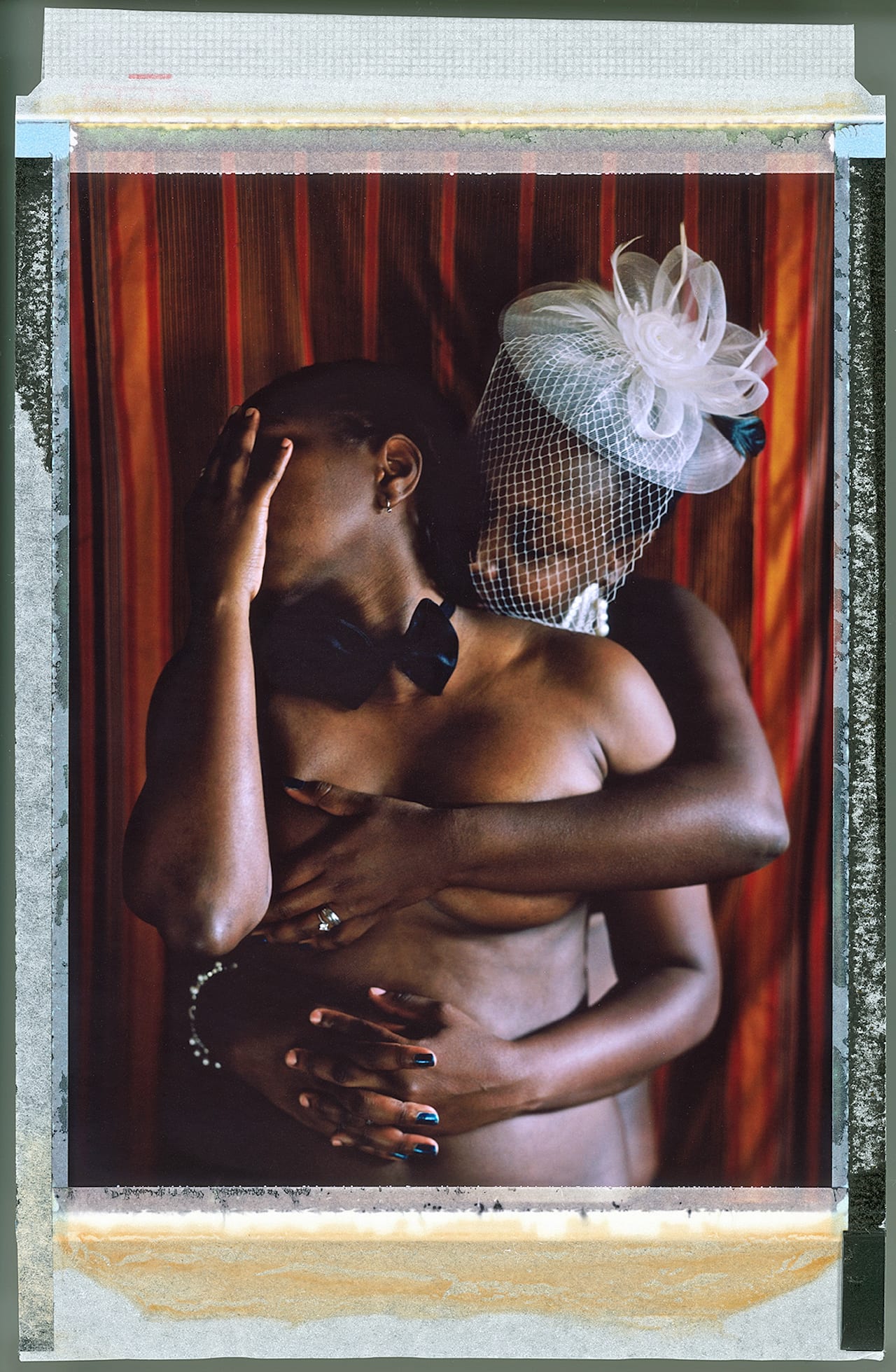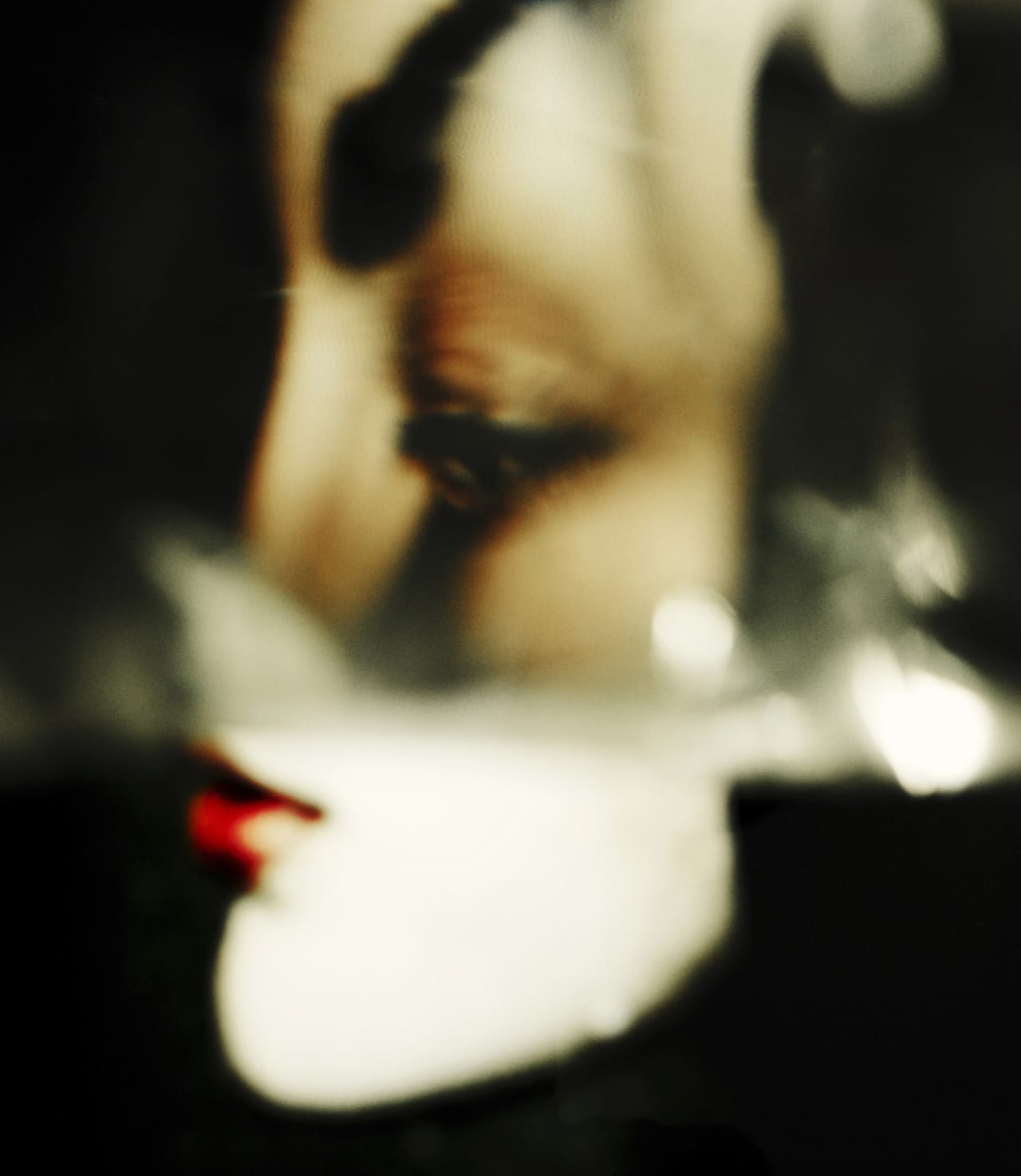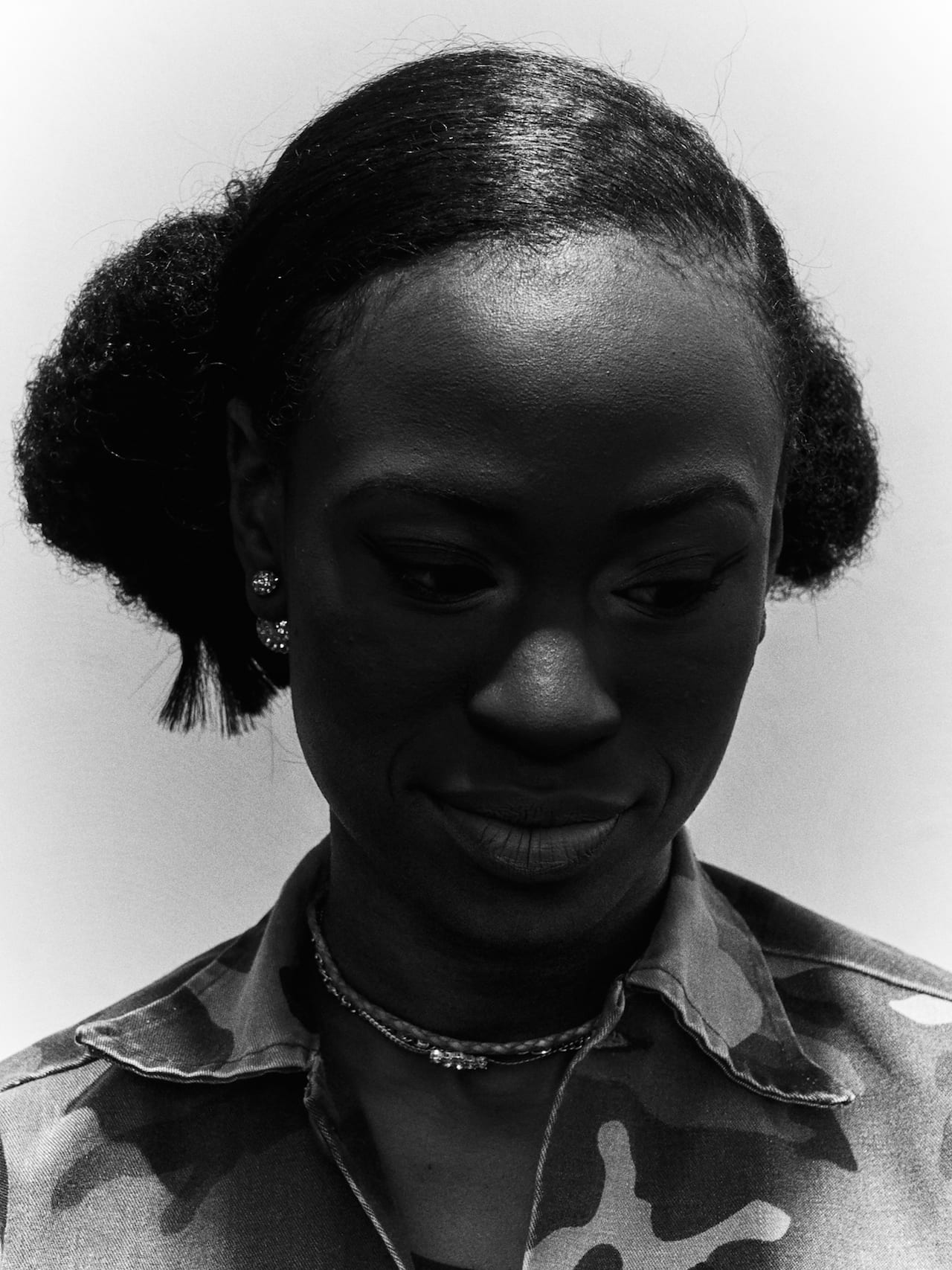Born in Barcelona in 1971, Txema Salvans is still based in the Catalan capital, and specialises in making documentary work about Spain and the Spanish people. He is best known for his book The Waiting Game [2013], which showed lone women, presumably prostitutes, waiting by the sides of roads along the Mediterranean coast. Salvans spent six years shooting this project, and recently published The Waiting Game II [2018], a series showing fisherman on the Mediterranean coast, waiting for the fish to bite. In 2010 he published Nice to Meet You, also shot along the Mediterranean, a book of ‘family photos’ in which some of those shown weren’t family.
His new book, My Kingdom, recently published by Mack Books, originally grew out of Nice to Meet You, and shows Spanish people and families relaxing on the Mediterranean coast. Its title is taken from a speech by King Juan Carlos I, however, who ruled Spain from 22 November 1975 – 19 June 2014, and extracts from his speeches run throughout the book. It is, says Salvans, a book about power rather than about Spain, the Spanish, or King Juan Carlos I. BJP caught up with him to find out more.

